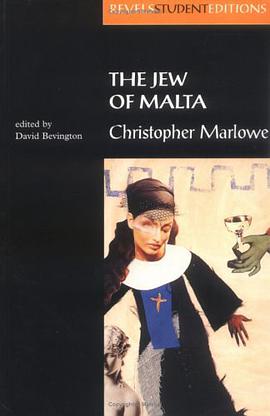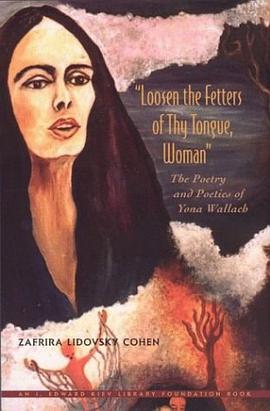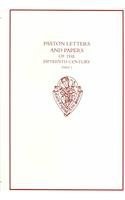

When Goethe's first novel, "Die Leiden des jungen Werther" ("The Sorrows of Young Werther") appeared in 1774, it caused a sensation that is hard to exaggerate. "Werther fever" gripped not just Germany, but Europe and North America. The many pirated versions make sales figures difficult to establish, but it was probably the most popular book of its century. Napoleon claimed to have read it seven times. In the intervening years, this interest has persisted, and the book has inspired hundreds of imitations and sequels in every conceivable genre. Numerous editions are still in print in many languages, and in English-speaking lands the novel is regularly read on campuses in comparative literature and "great book" courses. Literary critics, too, have maintained their interest, following on the lively debate that ensued upon the book's publication concerning its aesthetic and moral implications.In the 19th and early 20th centuries, critics increasingly explored its narrative strategies, its relation to various literary movements, its autobiographical elements, its depiction of an individual subjectivity, its social criticism, and its role in constructing a German national consciousness. Hundreds of subsequent critics have continued these discussions and added topics that reflect such developments as semiotics and gender studies. In fact, the history of Werther's critical reception largely mirrors the history of literary criticism in the last 230 years. The present study traces this development, demonstrating how changing notions of both aesthetics and the role of literary criticism have influenced perceptions of this great work. Bruce Duncan is Professor of German Studies at Dartmouth College.
具体描述
读后感
评分
评分
评分
评分
用户评价
相关图书
本站所有内容均为互联网搜索引擎提供的公开搜索信息,本站不存储任何数据与内容,任何内容与数据均与本站无关,如有需要请联系相关搜索引擎包括但不限于百度,google,bing,sogou 等
© 2025 book.wenda123.org All Rights Reserved. 图书目录大全 版权所有




















